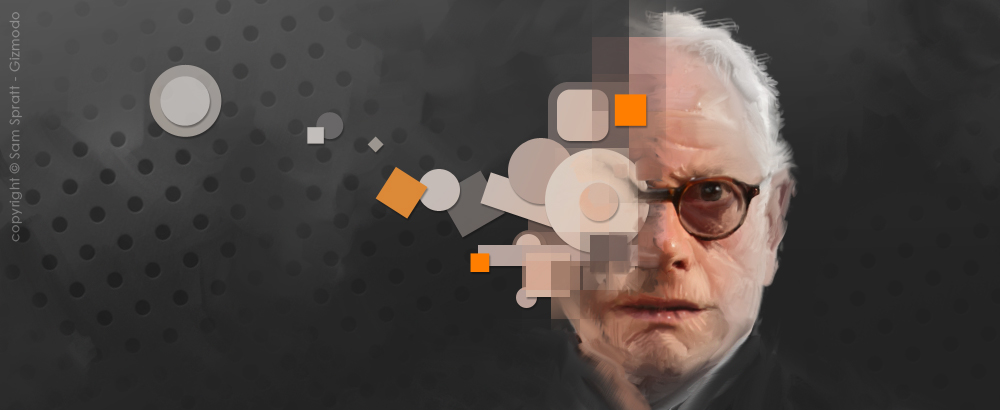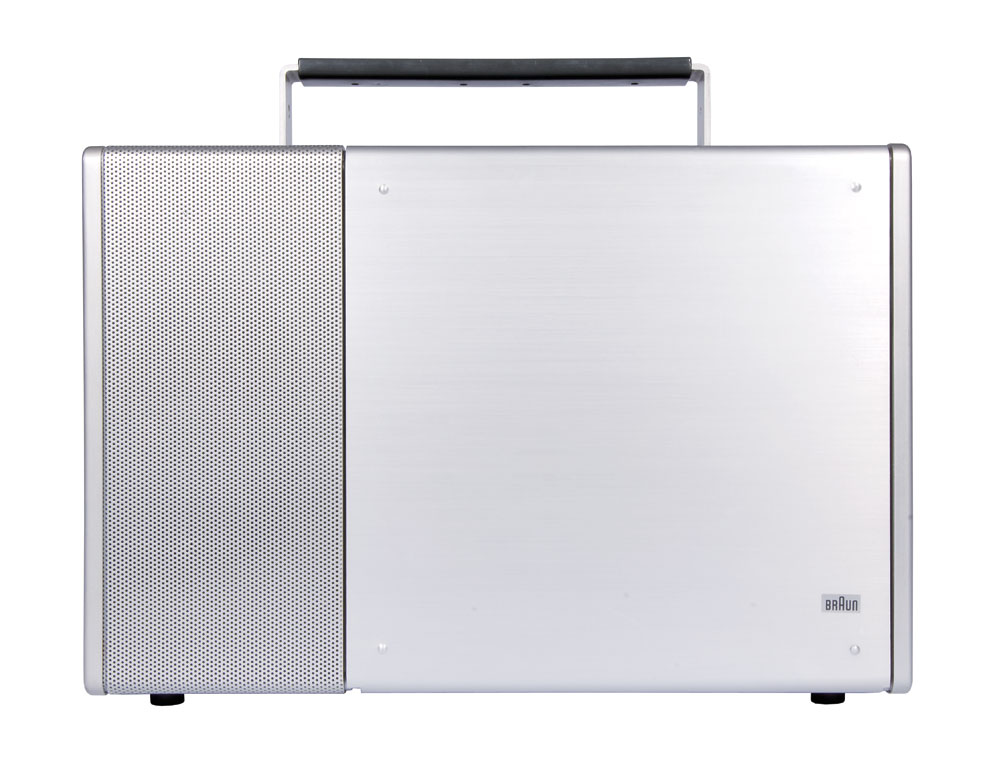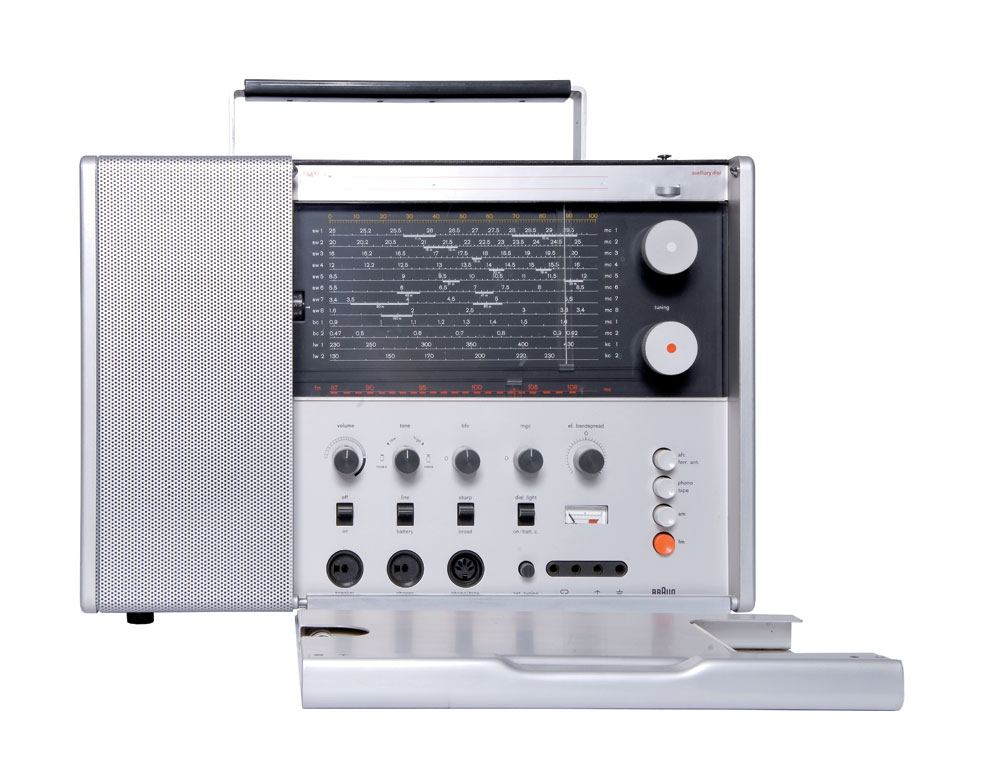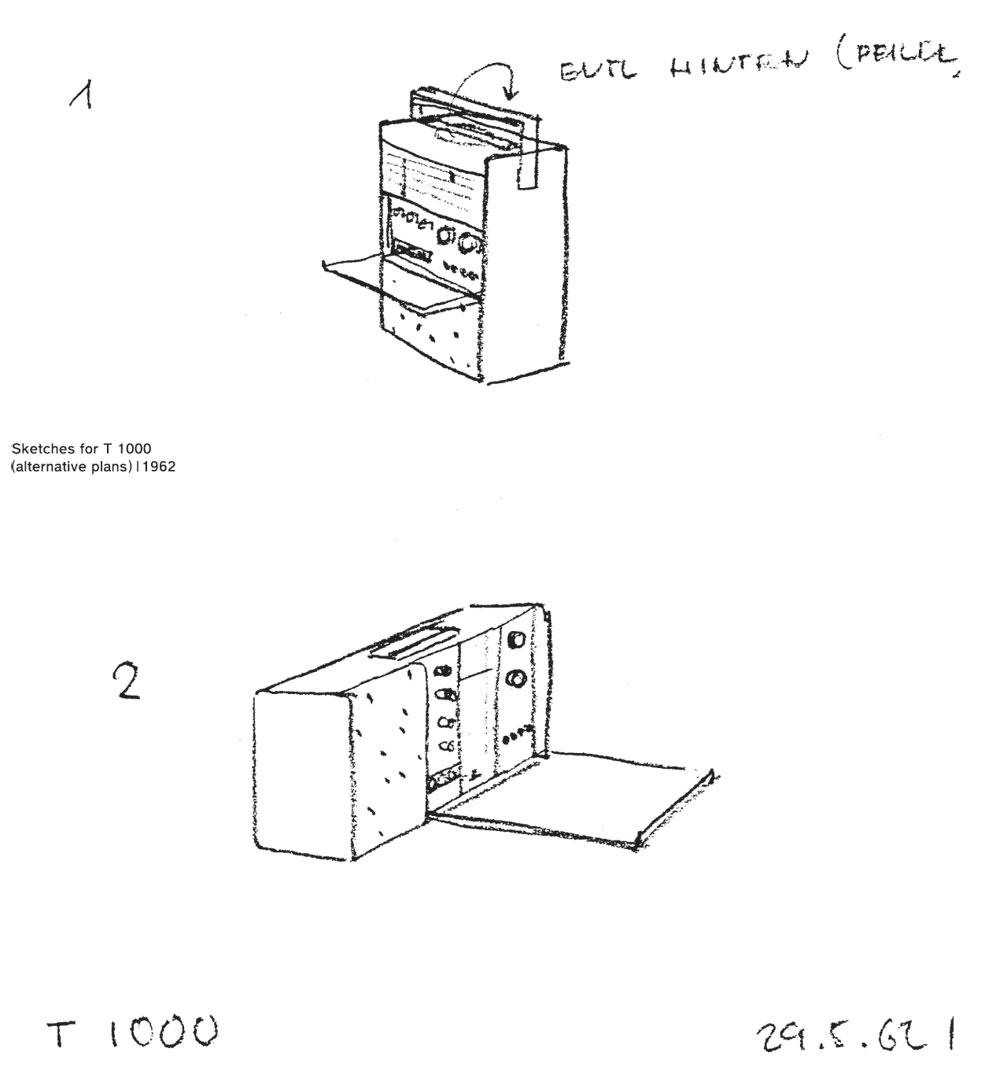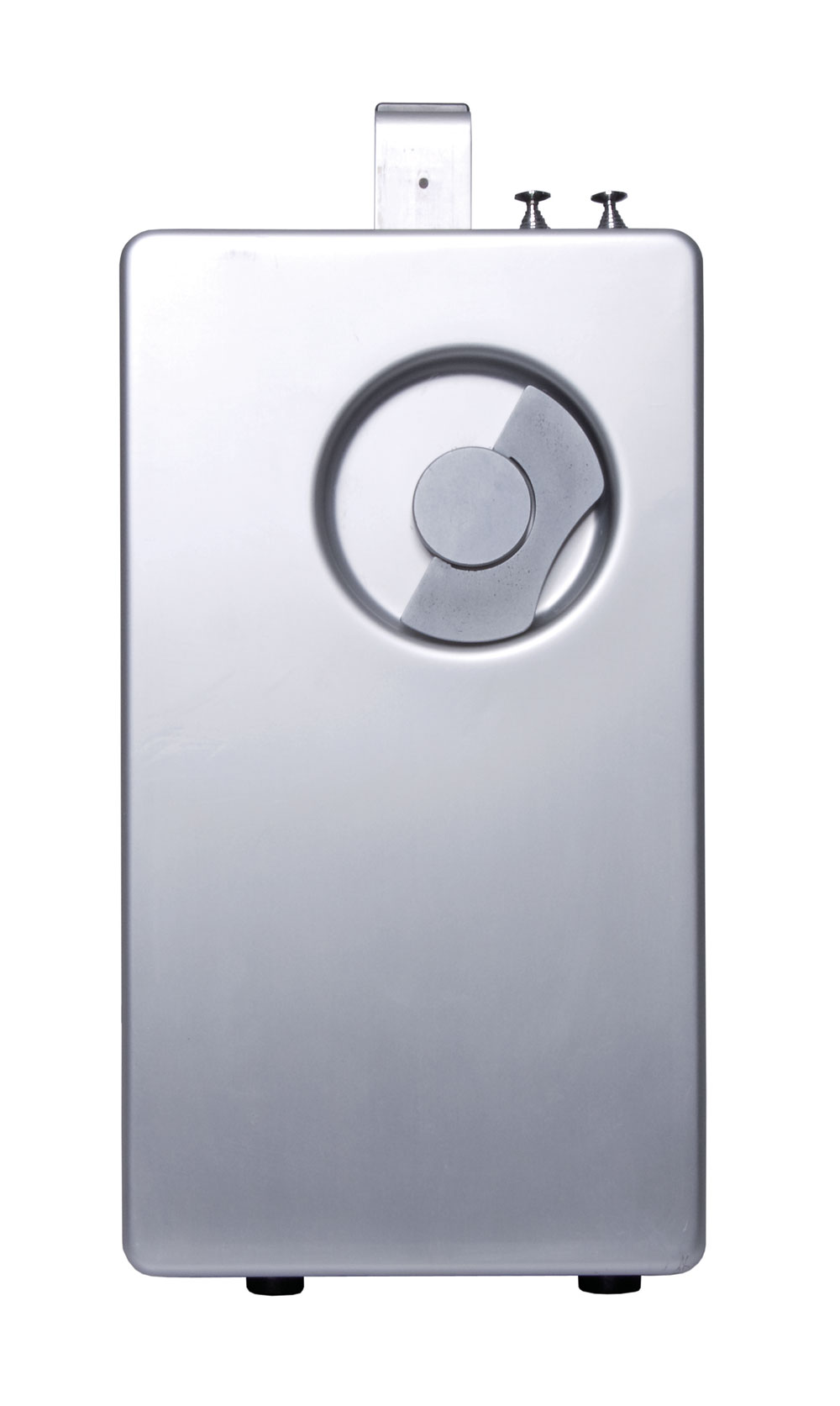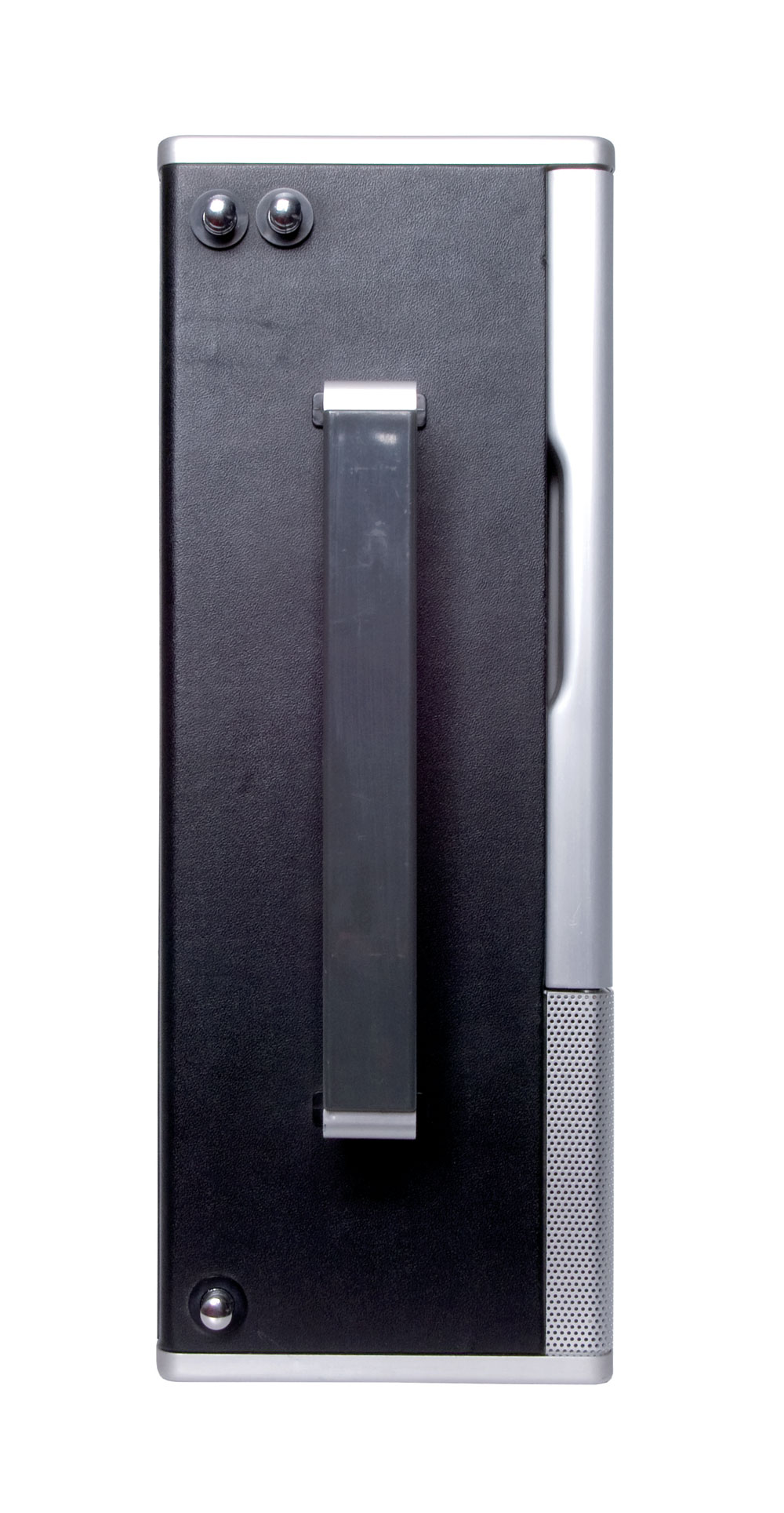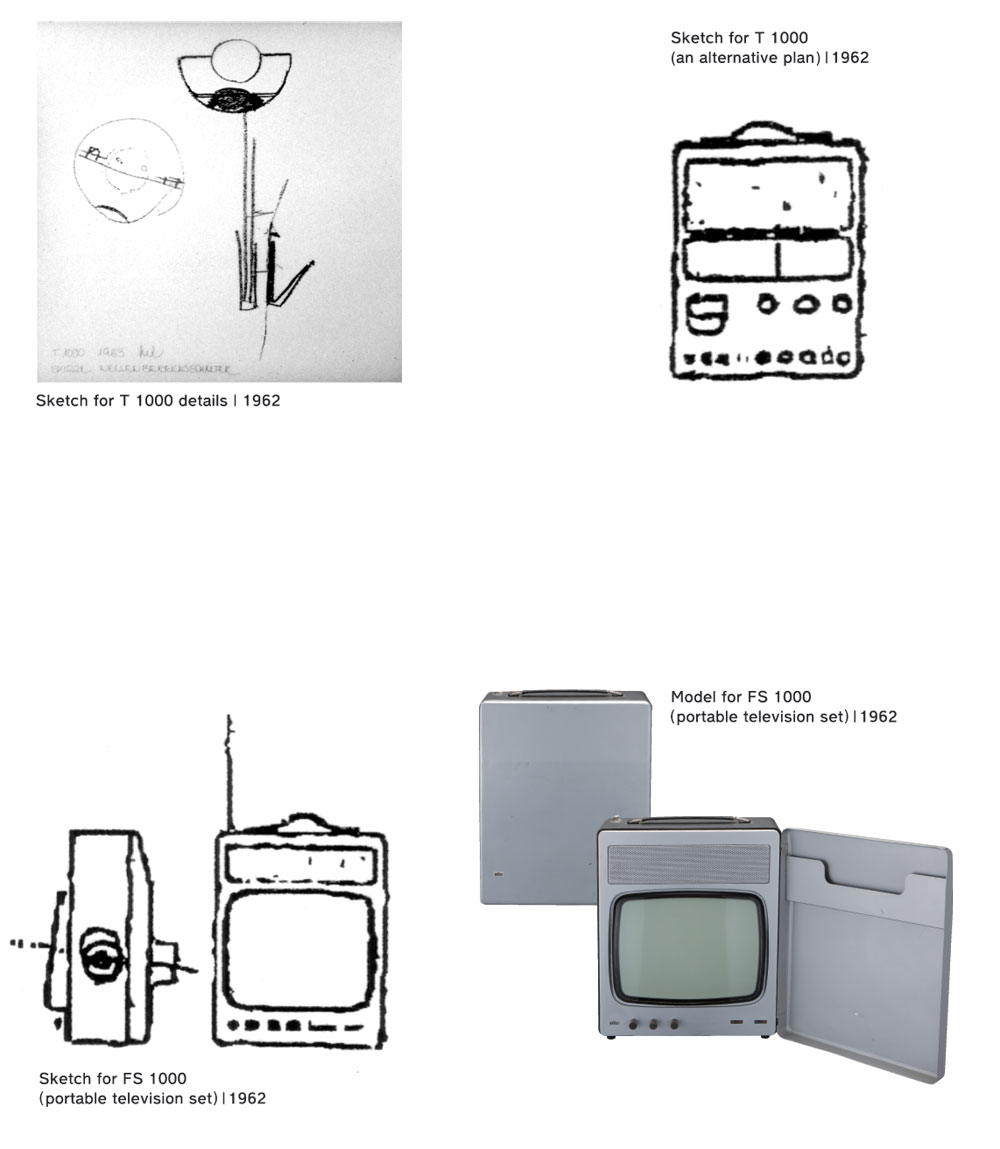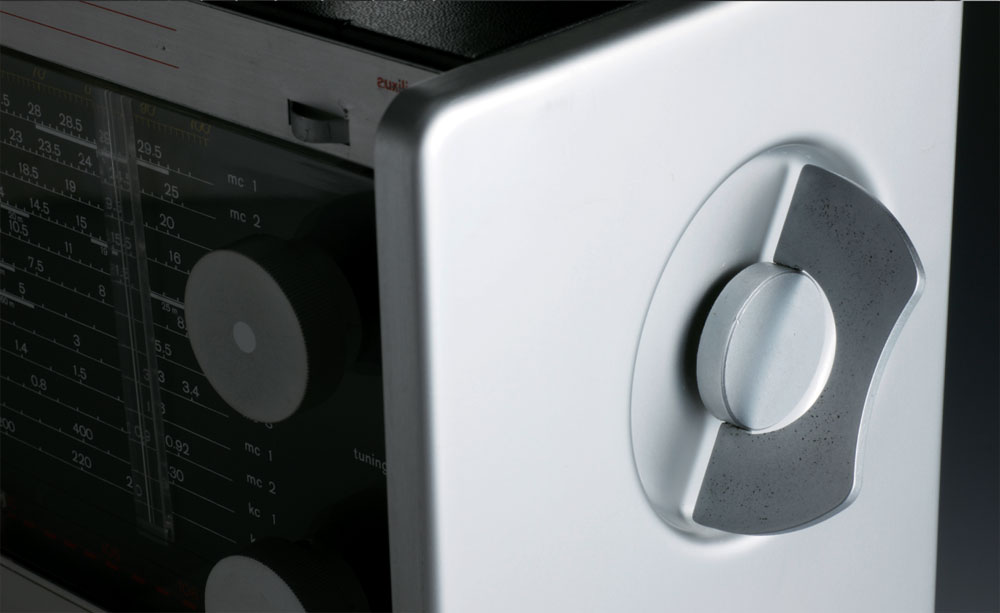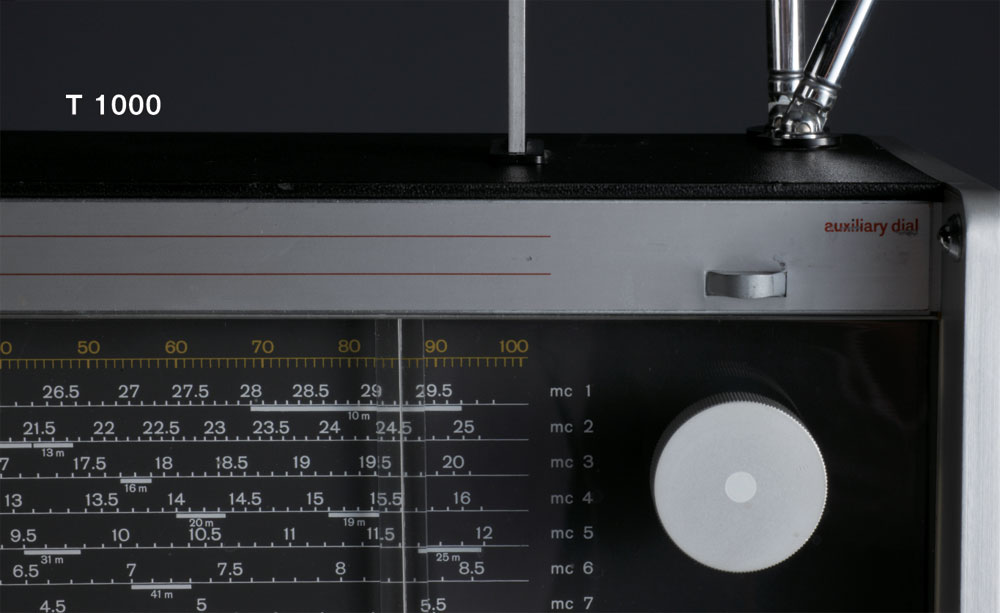Gizmodo Article –
He’s the world’s greatest living product designer. And 40 years ago, he changed the look and feel of consumer electronics forever.
In the early 1960s, the Federal Republic of Germany gradually emerged from the isolation resulting from National Socialism and World War II. America was now no longer only a model to emulate, but also an export market, primarily for German cars made by Mercedes, Volkswagen or Porsche.
But two decades after the end of the war, international photographers once again worked for a German magazine, twen; in 1963 Germany and France signed a treaty of friendship; the art exhibition ‘documenta’ in Kassel became an event that was revered worldwide; and in 1958 several items from the Braun product programme were included in the Design Collection of the Museum of Modern Art in New York.
Germany had become more international again.
The time was ripe for an innovative radio, which simultaneously morphed into a paradigmatic work by the designer Dieter Rams. It reflects both cosmopolitan attitudes and mobility, two characteristics that are considerably more important today. Lifting a flap on the block-shaped enclosed body reveals a complex operating area comprising scale [display] , tuning knobs and connection jacks whose diversity contrasts with the smooth, uniform exterior. You already gain a sense of the big, wide world of shortwave opening up through eight shortwave radio bands in addition to long wave and medium wave. Drawing on considerable technical advancements, the device represents a climax of German engineering achievement, providing excellent reception of even the most remote station. Once again, the design of Dieter Rams is in every respect primarily driven by the respective function: red is used to indicate the VHF range – for the press switch, rotary switch and for the scale numbering. All the operating knobs are logically and clearly arranged and are of a size suitable for the human hand. The waveband selection switch is generously proportioned, the extensive operating manual has its own compartment in the housing flap so that it is always to hand and the large, detailed scale not only indicates precision, but is a classic example of accurate design with its extremely fine typography and clear numbering.


